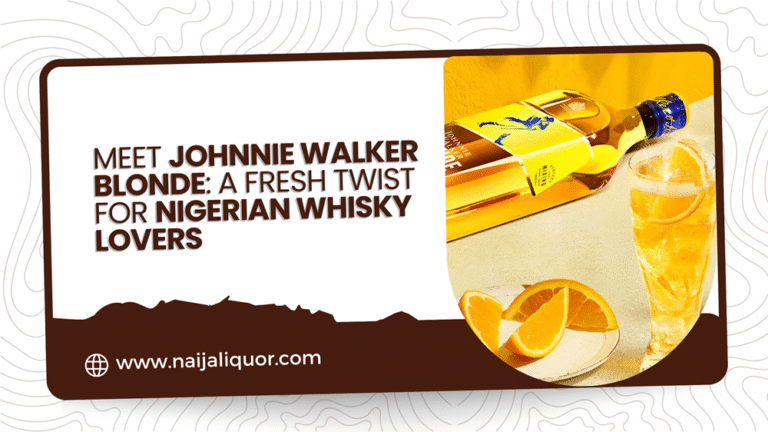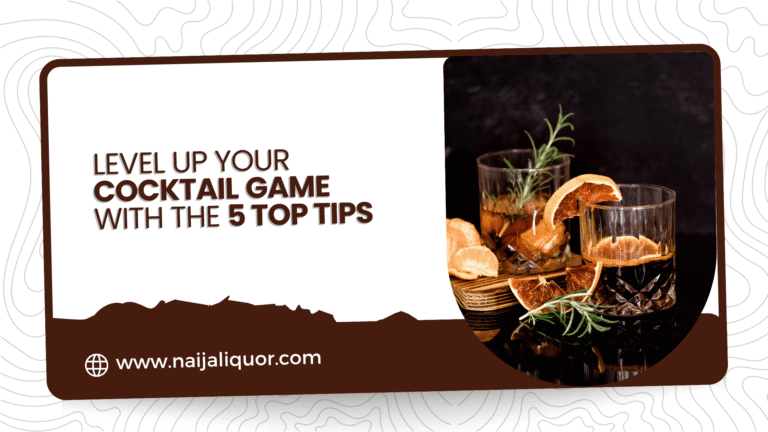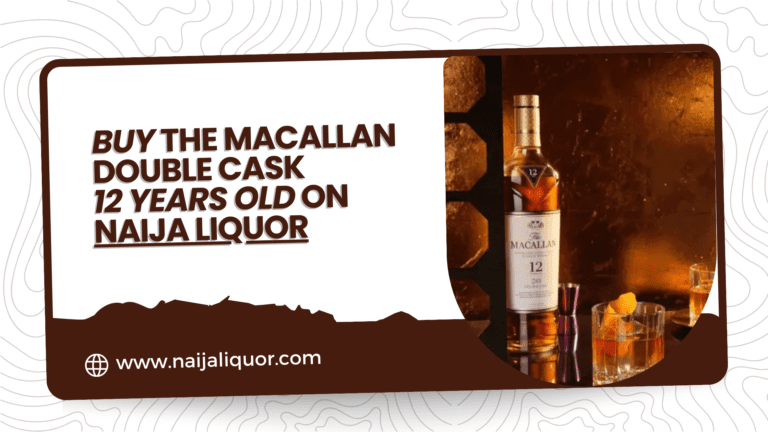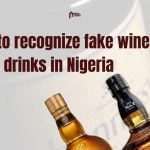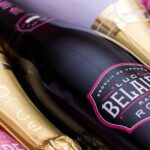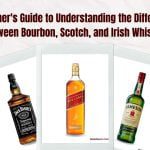Enjoy free delivery within Lagos on orders from ₦500,000 and above
“Uisce Beatha” that is the Gaelic translation for “Water of Life” for whiskey. We will share that beautiful history next week. But the French are not left out; that is why they call theirs Eau de Vie, the same Water of Life.
Why life? We will get there. But today I want to write about cognacs. Do not worry if you cannot pronounce the name. If you can afford it, then your sins are forgiven. You can pronounce it any way you like.
I promised my brother Emeka Oparah that I would dive into his beloved Cognacs for the review of Amadioha.
There is something about cognacs that differs from whiskeys.
If you pay attention, you’ll notice that my spelling of Whiskey has an ‘e’ before the ‘y’. This is because spirits distilled in Ireland and the United States are spelled as Whiskey. But those from Scotland, Canada, or Japan are spelled as whisky. Someday, we will explain why.
Back to Cognacs.
The French stick to a lot of regulations when it comes to issues such as classification of Cognacs or Wines. It is a big deal for them. Because all cognacs mature, or age, in an identical manner, efforts are made to make distinctions.
However, as all men are created equal but not born equal, similarly, all Cognacs are not born equal. This is because Eau-de-vie from the Grande Champagne regions take longer to mature than those from the other growth regions.
Those from the Fins Bois area take the shortest time of all. And this is why Cognac from Grande Champagne is more expensive than others because the honing process to perfection takes time and diligence.
However, it is important to note that that a cognac is made in the Grande Champagne region does not make it a Champagne. It is still a Cognac. You may come across some Cognacs with tags like Fine Champagne; it basically refers to the part of Champagne region where it was made. We will write about Champagnes as time goes on.
Back to the subject matter…
While Whiskeys use numbers such as 12, 18, 21, and 30 to denote the ages of the liquors, for Cognac, letters are used to capture the age of the drinks.
When you see a VS Cognac, it stands for “Very Special” Cognac. For Cognac to be classified as a VS Cognac it must be aged for a minimum of two years. It is also referred to as ‘Sélection’, ‘De Luxe’ or simply a star sign . If you see three stars ** on a cognac bottle, it means it is in the VS age category. This means that the youngest eau-de-vie that was used to create the blend was aged in oak barrels for at least two years.
If you see a VSOP, it means “Very Superior Old Pale.” However, some call it “Very Special Old Pale,” and both are right. This classification dates back to 1817, when King George IV asked the House of Hennessy for a “Very Superior Old Pale,” which would become a benchmark for all cognac houses from then on.
Before then, it was common to use sugar and caramel to sweeten Cognac, so a Cognac that was created without additives was regarded as “superior.” And to get this classification, the eau-de-vie in the blend must be at least four years old.
You have the Napoleaon. This class of Cognacs is aged for at least six years.
A very important class of Cognac is the X.O.
In 1870, Maurice Hennessy created Hennessy X.O. for his circle of friends and introduced a new style of cognac. Hennessy X.O. became the original emblematic icon of the Hennessy Maison. The XO means ‘Extra Old’ and describes a cognac consisting of eaux-de-vie that has been aged in oak barrels for a minimum of 10 years.
Even though the youngest blend in an X.O. Cognac can be as young as ten years, an X.O. usually has an average age of between 15 and 20 years, sometimes older.
But due to this conflicting classification, the Bureau National Interprofessionnel du Cognac (BNIC) in 2018 increased the minimum X.O. cognac age for the youngest eau-de-vie from six to ten years in an effort to improve the quality of the spirit across the board.
After the X.O., you will get the Cognac XXO, which stands for‘ Extra Extra Old’. This is a relatively new category that was officially added to the description of cognac ages in 2018 by the BNIC.
An XXO Cognac consists of eau-de-vie that’s been aged within French oak barrels for a minimum length of ageing to qualify: 14 years.
Then there is the Cognac Reserve. This class is averaged at 25 years old.
Then the grandfather of them all is the ageless class. They are those outside age classifications. They are simply referred to as Hors d’Age, which can be transliterated as “Ageless” or “Beyond Age” as some connoisseurs regard them.
Hors d’Age is the age category that describes the highest quality Cognac, in terms of age. A Cognac hors d ‘age is among the oldest cognacs you can get, together with an ancestral, or perhaps a Très Vieille Réserve.
The French frown at the attitude of drinking these Eau de Vies anyhow, as if they are early morning kaikai just for mouth-squatting. They are not Aromatic Shiedam Schnapps which is the drink of the lower countries (Pays Bas). You are expected to drink them in style.
For example, most people prefer their Cognac VS for cocktails, mixed drinks, and cooking. The VSOP is best for cocktails, on ice, and cooking. The XO is best on ice, neat, and paired with food, just like the XXO.
Buy responsibly, drink responsibly, and feel free to contact Naija Liquor for products you can trust.
Looking to Order Premium Cognac Online?
Naija Liquor is the best and most trusted Nigerian-quality online liquor store. We focus on premium spirits and wines only from accredited importers. We source our products from accredited importers, distributors, and manufacturers, making Naija Liquor the best platform to buy spirit drinks and wines in Lagos, Ibadan, and Ogun State. Naija Liquor is the most trusted Nigerian online distributor of premium spirits and wines. Its the best site to buy wines and premium liquor. Click here to visit our online store and place an order now.


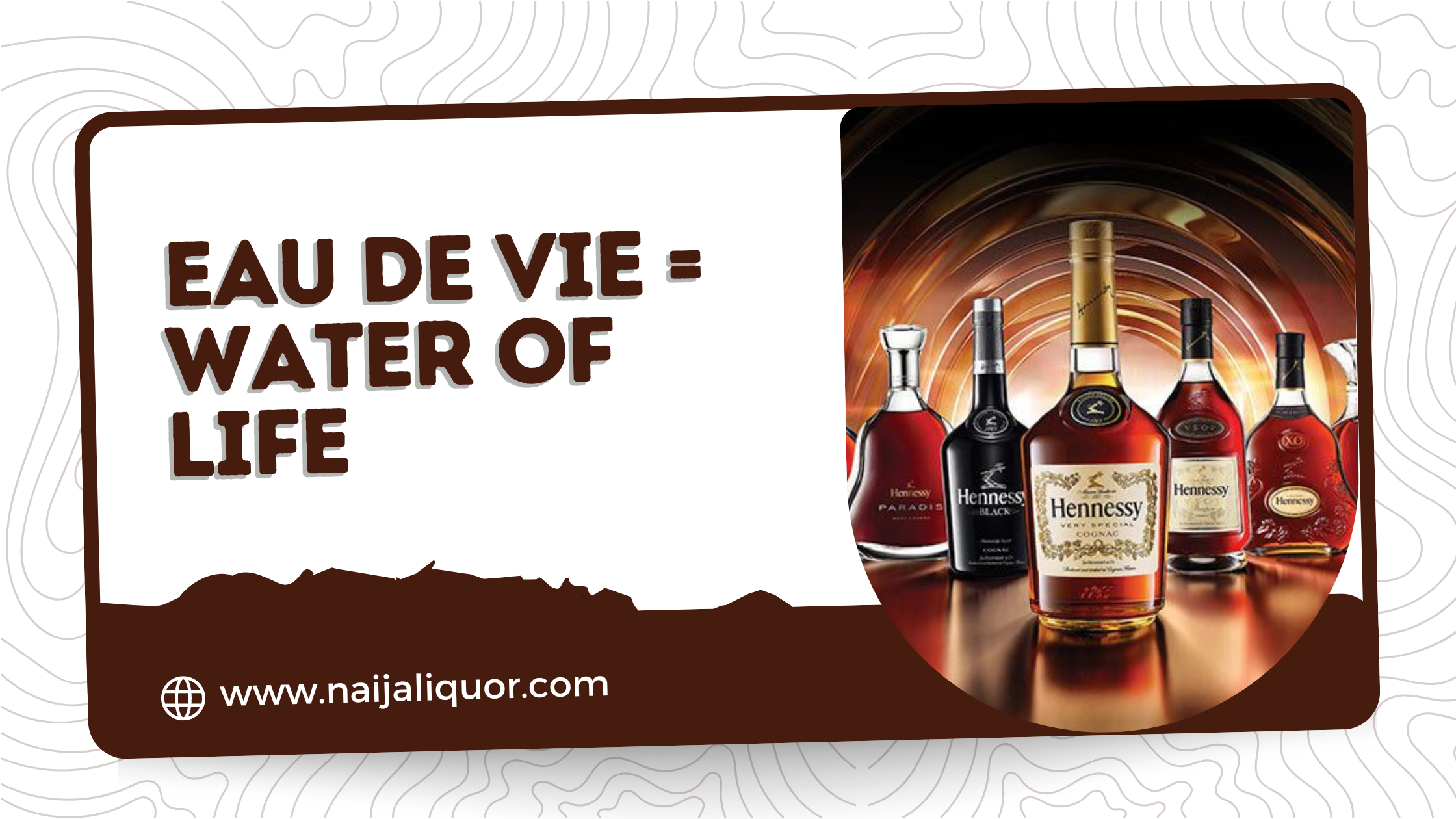
![Eau de Vie = Water of Life [by Kelechi Deca] | Naija Liquor Dusse XO Cognac, D'USSÉ XO](https://naijaliquor.com/wp-content/uploads/2023/03/DUSSE-XO-430x430.png)
![Eau de Vie = Water of Life [by Kelechi Deca] | Naija Liquor Hennessy XO](https://naijaliquor.com/wp-content/uploads/2023/03/Hennessy-XO-430x430.png)
![Eau de Vie = Water of Life [by Kelechi Deca] | Naija Liquor Hennessy VSOP](https://naijaliquor.com/wp-content/uploads/2023/03/Hennessy-VSOP-430x430.png)
